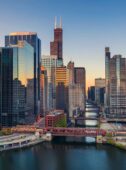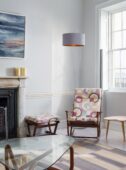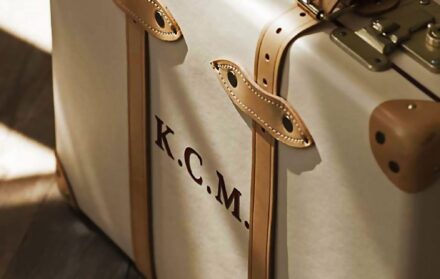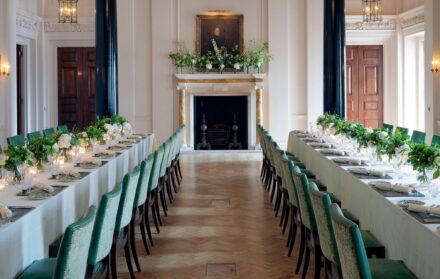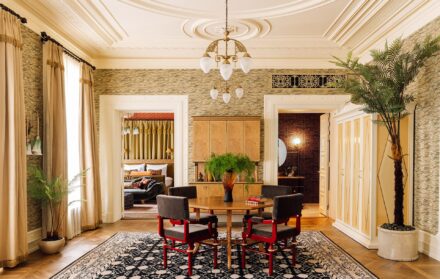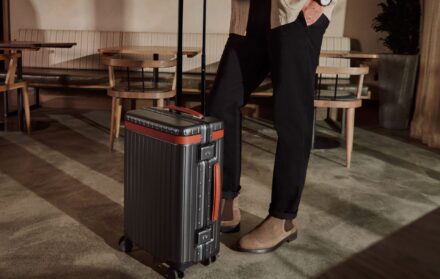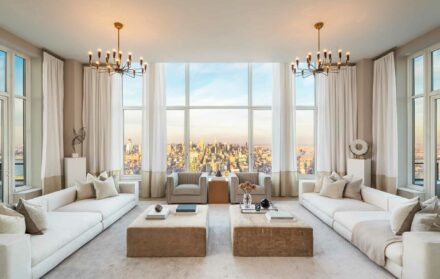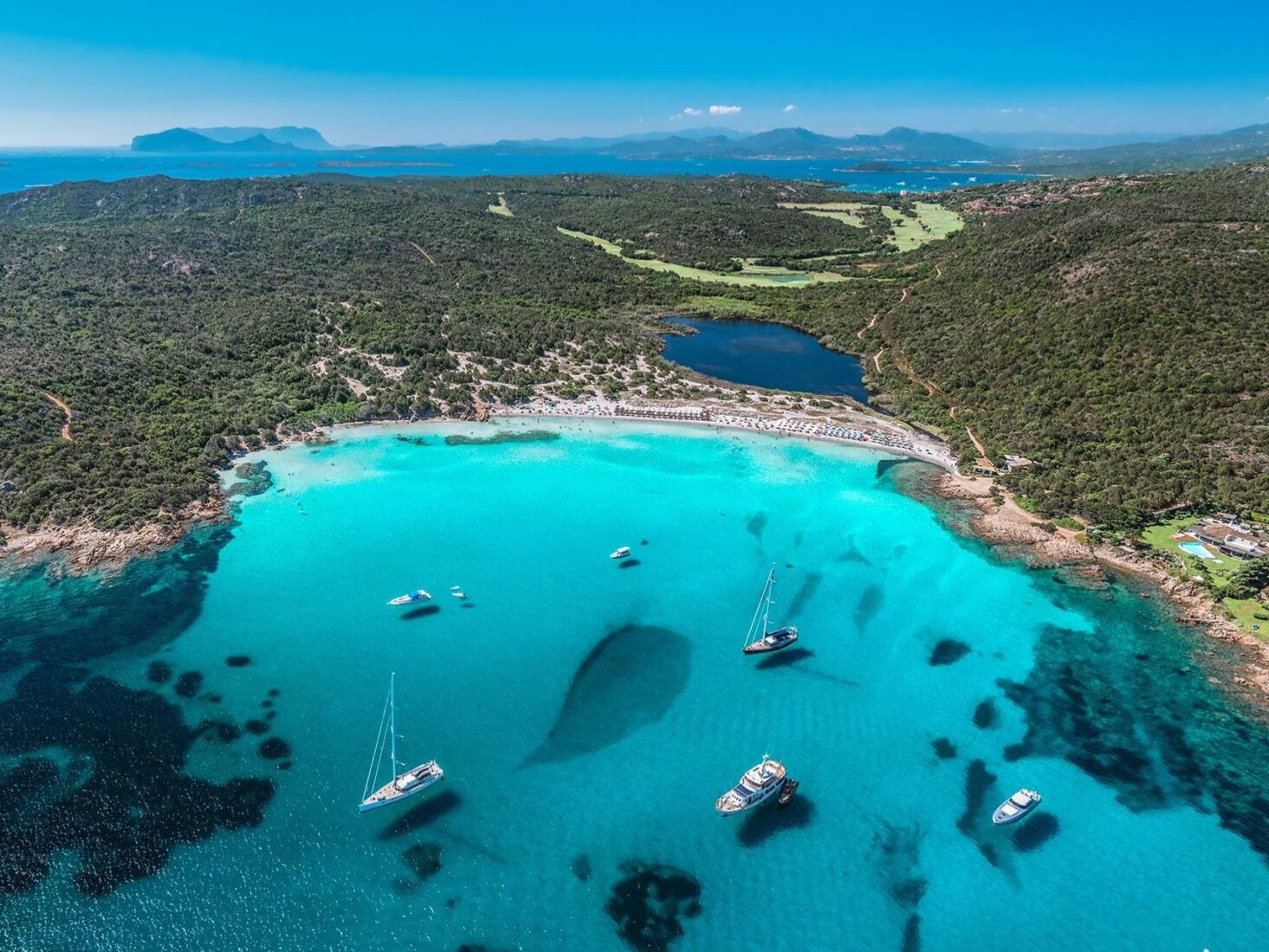
Costa Smeralda: Unabashed luxury meets unbridled natural beauty
This Italian island retreat was created from scratch 60 years ago, resulting in a strange juxtaposition of paradise and playground
Shortly after arriving in Sardinia I receive a Whatsapp from a fellow traveller: “I just paid €50 for an eight-minute taxi ride!” he types, aghast. Only in Costa Smeralda, a destination thought to be the most expensive in Europe – a place where a cocktail will cost you €20, antipasti €40, and property up to €88,000 per square metre (for reference, the average in London is around €20,300).
The ‘Emerald Coast’ is a 20km stretch of coastline in northern Sardinia, populated by exclusive hotels, designer boutiques and chi-chi restaurants. It’s a magnet for celebrities, business people and politicians – Silvio Berlusconi once owned an outrageously opulent 68-room retreat here, which he reportedly sold to Saudi royals for £350 million. The coast’s Hotel Cala di Volpe has hosted the likes of Beyoncé and Jay Z, Princess Diana and Dodi al Fayed, Elton John, Grace Kelly, and George and Amal Clooney. Roger Moore was filmed here as James Bond in The Spy Who Loved Me.
So it’s good enough for some of the wealthiest people in the world. But is it right for you? We delve into the destination’s particulars to help you decide.
History
At times Costa Smeralda resembles an ancient fishing village, with its knobbly architecture, chalky piazzas and blooming bougainvillea. But it isn’t. In fact, all of this is new – back in the Fifties there was nothing here aside from some disgruntled Sardinian women.
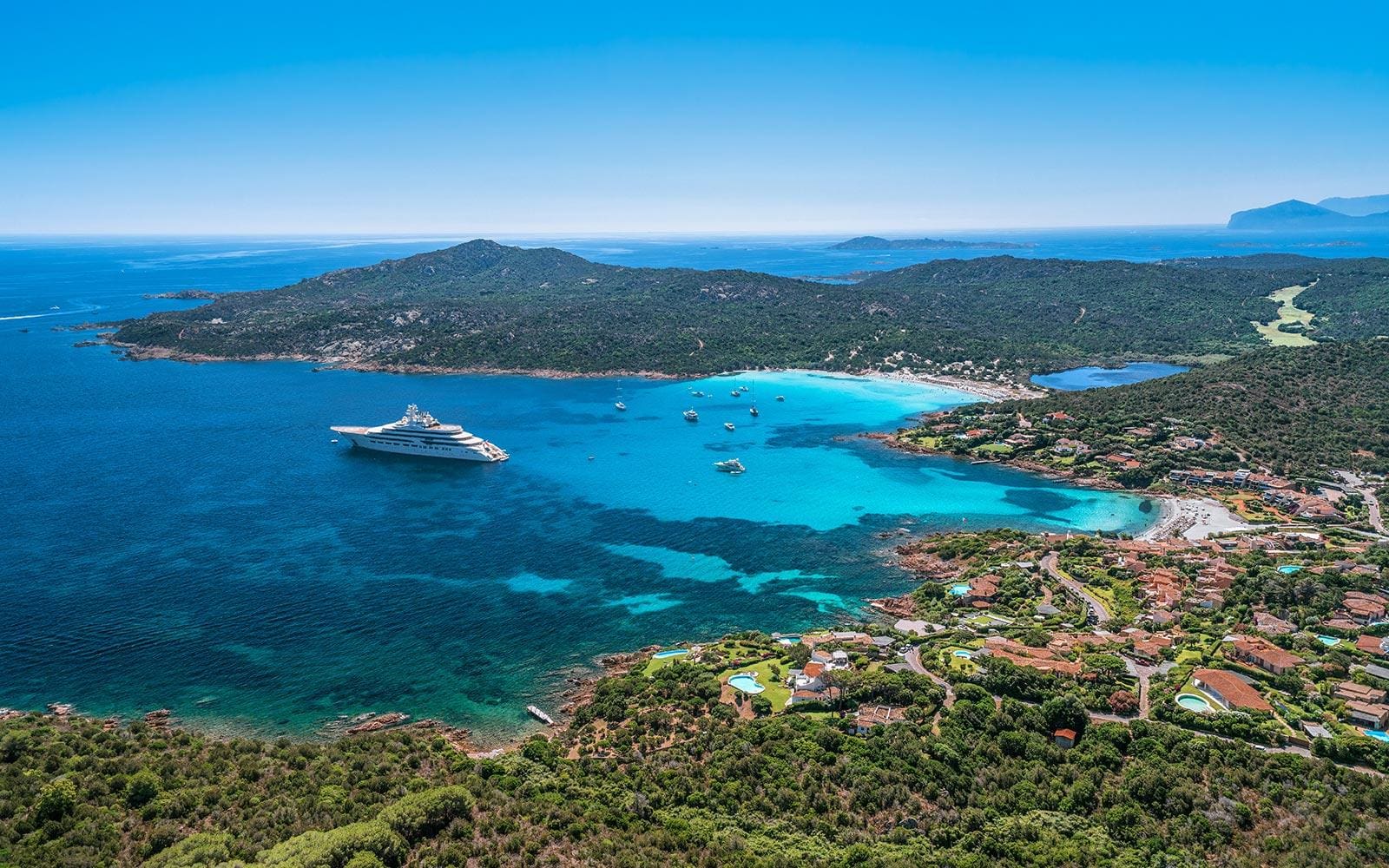
Let me explain. In 1961, the Aga Khan (the Imam of Nizari Ismailis), whose net worth has been estimated at $13.3 billion, visited the province of Sassari and liked it so much that he decided to buy a bit and build a playground for the rich and famous. In Sardinian culture, valuable farming land – usually located inland – was passed onto sons, while coastal land was given to daughters. Apparently, these women, paying tax on worthless acres, jumped at the chance to shift it.
Nature
The Aga Khan’s vision for Costa Smeralda was eco-fuelled – to preserve and enhance its natural beauty. There are extremely strict regulations when it comes to developing here: nothing new has been built for 30 years, and nothing ever will be. It’s done – which is supremely rare in this day and age. How often do you visit a destination whose skyline isn’t punctured by cranes? The buildings that do exist on Costa Smeralda have to look a certain way, and even be a certain height; the Aga Khan stipulated that no structure should rise above the level of the indigenous vegetation.
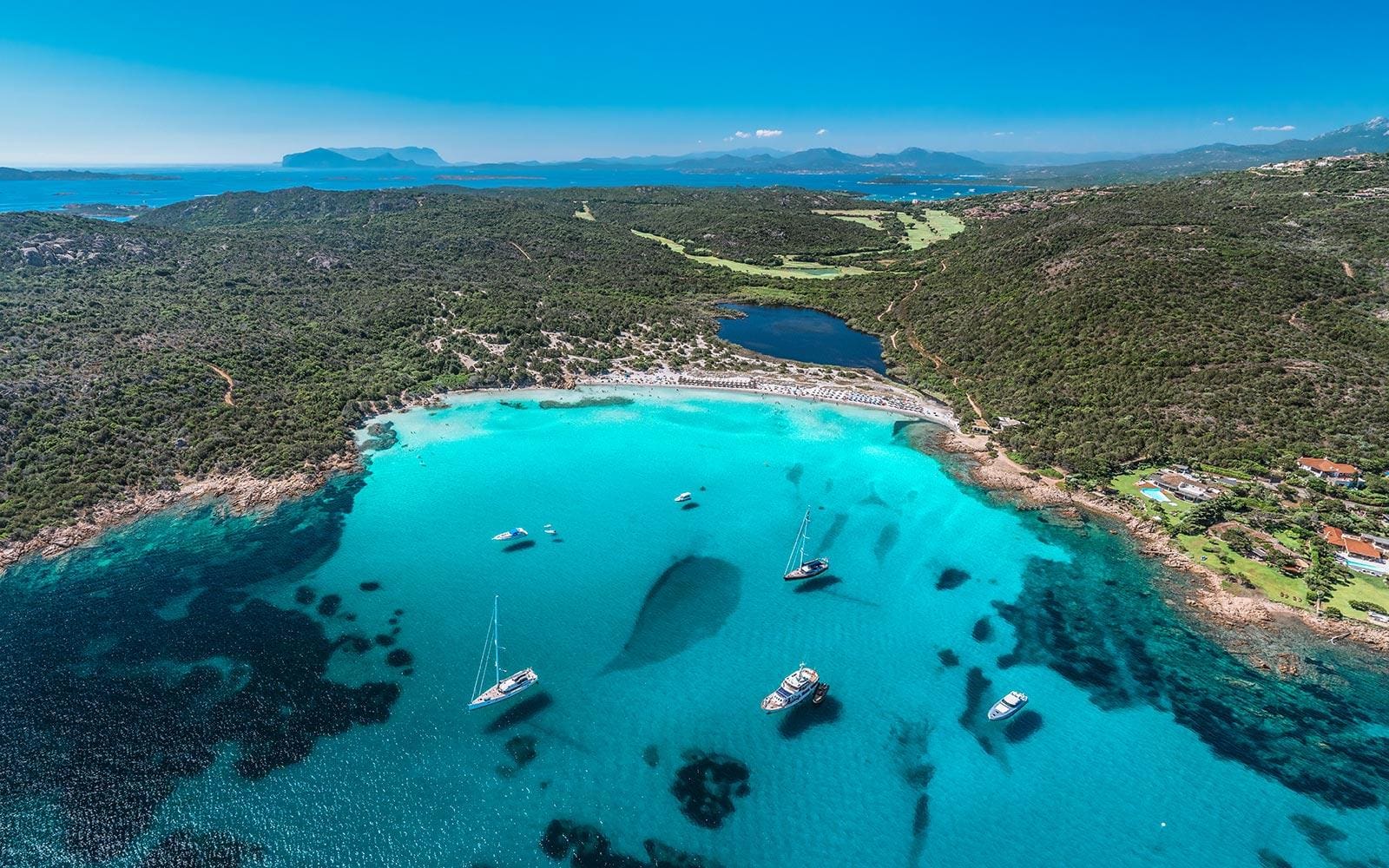
The appeal that this gives Costa Smeralda should not be underestimated. Sitting on the terrace of the Cala di Volpe hotel on a scorching July morning, the view is ravishing. The limpid water, dotted with yachts, reflects a cobalt sky; it’s met by grassy peninsulas studded with fuschia flowers, while a hazy hinterland rises in the distance.
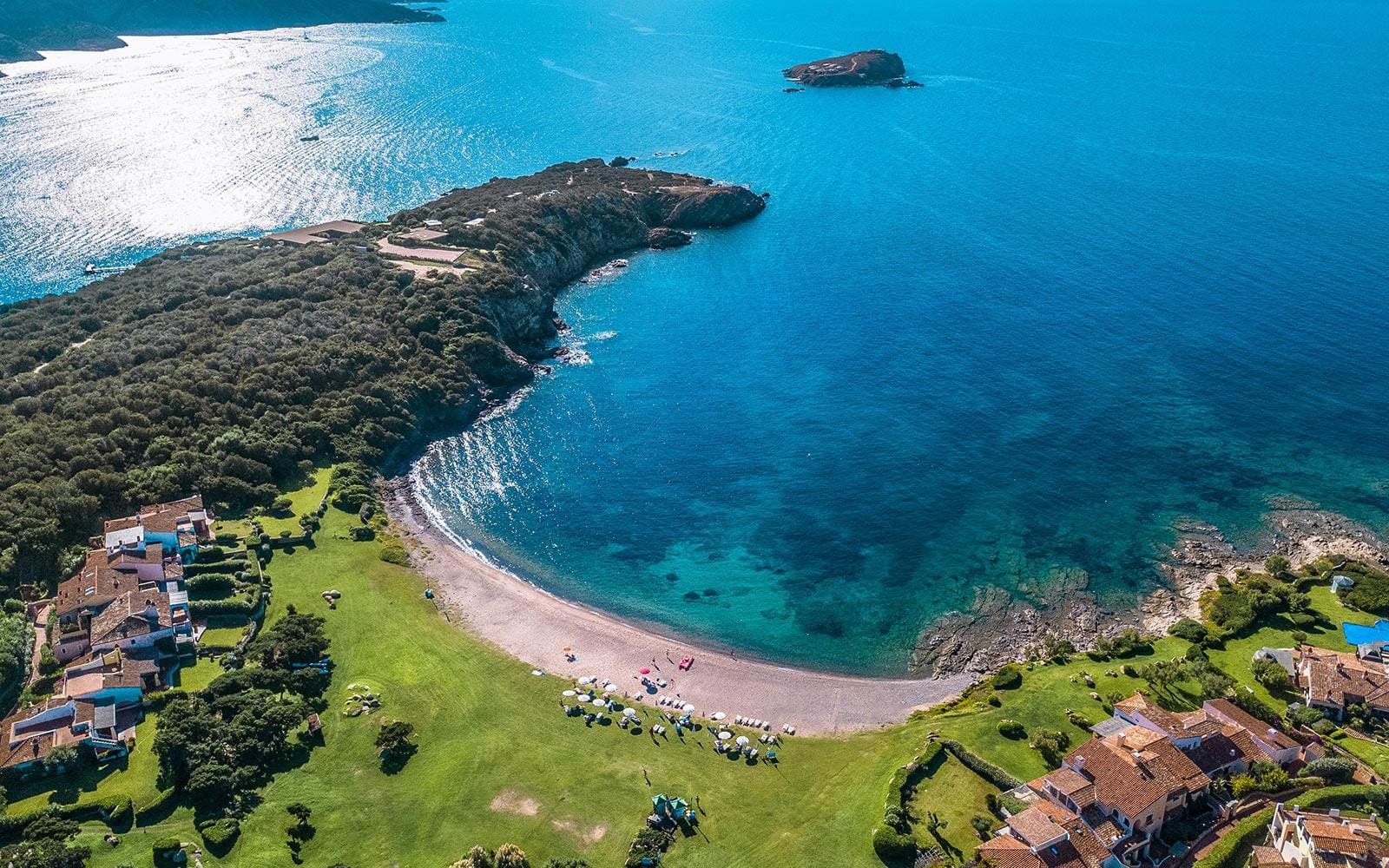
Architecture
The knowledge that the pseudo-Moorish architecture is – well – pseudo, may be a bit of a turn-off. But although it may not be authentically rustic, it is seriously beautiful. Much of it was designed by iconic landscape designers like Luigi Vietti, Michele Busiri Vici and Jacques Couëlle – a friend of Picasso and Dalí, nicknamed ‘the architect of billionaires’. He is known for pioneering the ‘architecture-sculpture’ movement, which employs only organic shapes and corporeal curves. He designed the Cala di Volpe; you can also rent out a Couëlle-designed villa in Costa Smeralda (for an amount not disclosed online), which resembles a hobbit hole rendered in turquoise mosaic.
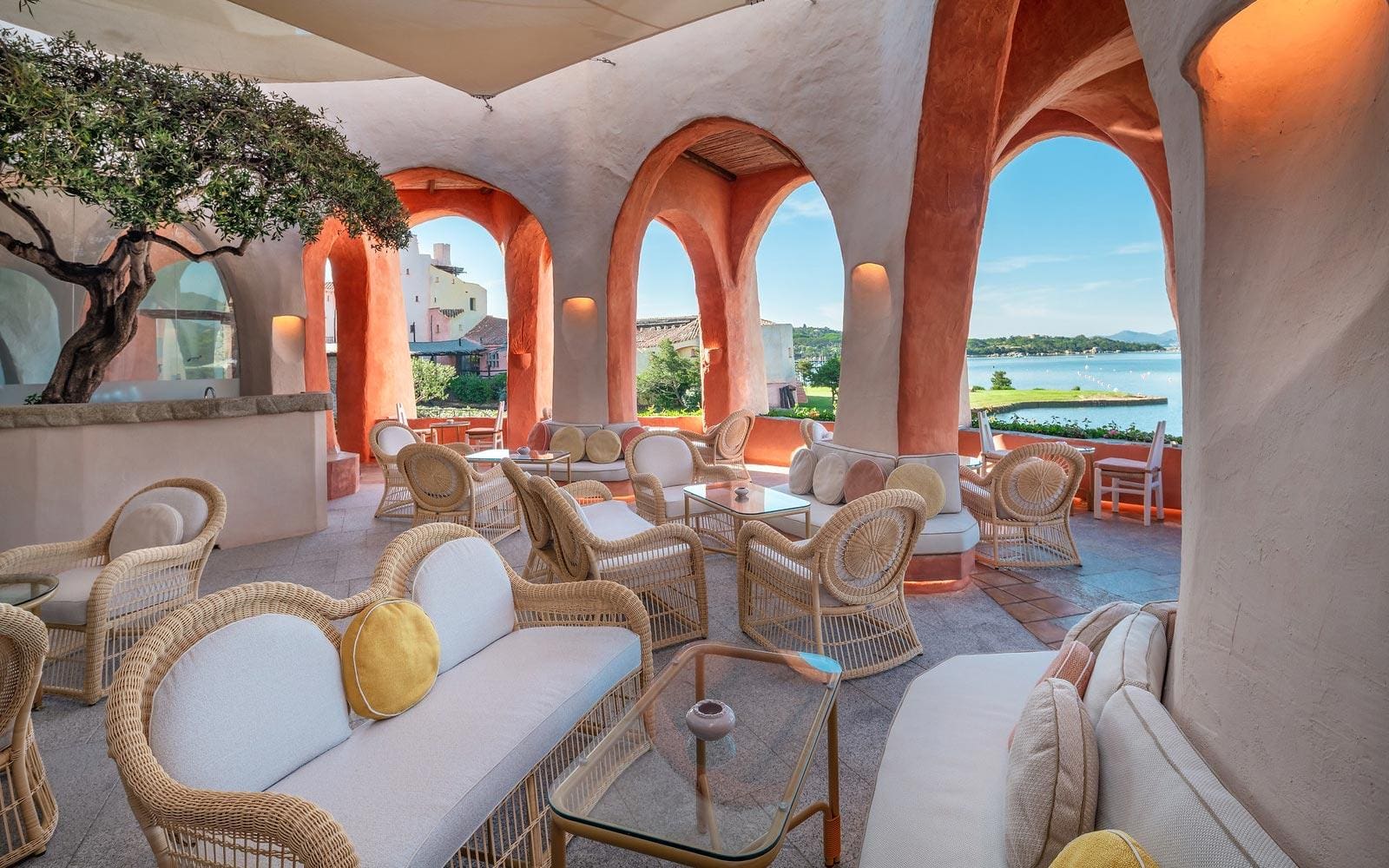
Hotels
Renting would almost seem a shame when Costa Smeralda is home to some of the most revered hospitality establishments in the world. There’s Hotel Romazzino, a building in Mediterranean whitewash with a choice of fresh and seawater pools and a myrtle-scented private beach. The Pitrizza, meanwhile, is a group of villas subsumed into the landscape (some have grass roofs) overlooking Liscia di Vacca bay.

Cala Di Volpe, meanwhile, was originally built as the Aga Khan’s private home. It’s cast in pink ombre with terracotta accents and features sourced from artisans, like a tiled floor that, on closer inspection, is made from cross-sections of local wood, or coloured glass set into the rough-hewn walls. Patrons decamp from yachts and smoke Cubans on the terrace, and a mini Prada boutique in the lobby pedals the most expensive kaftans you will ever see (Italianate glamour doesn’t stop at the beach).
At the top of the Cala Di Volpe, the Harrods Suite goes for up to €39,000 per night during high season: arched doors are carved to look like shells, beds are tucked inside patinated alcoves, and hand-painted wardrobes are flecked with 22kt-gold fragments. On the roof terrace, the raised infinity pool and pastel-paved dining pergola are irresistible.
Dining
The restaurants here range from the traditional to the thoroughly modern. Take Phi Beach, for example: a beach club/bar/restaurant hybrid where you can spend the afternoon on a canopied sunbed before dining on fregola (a Sardinian pasta served in fish stew and usually topped by a fat, freshly-caught prawn) and dancing ‘til dawn.
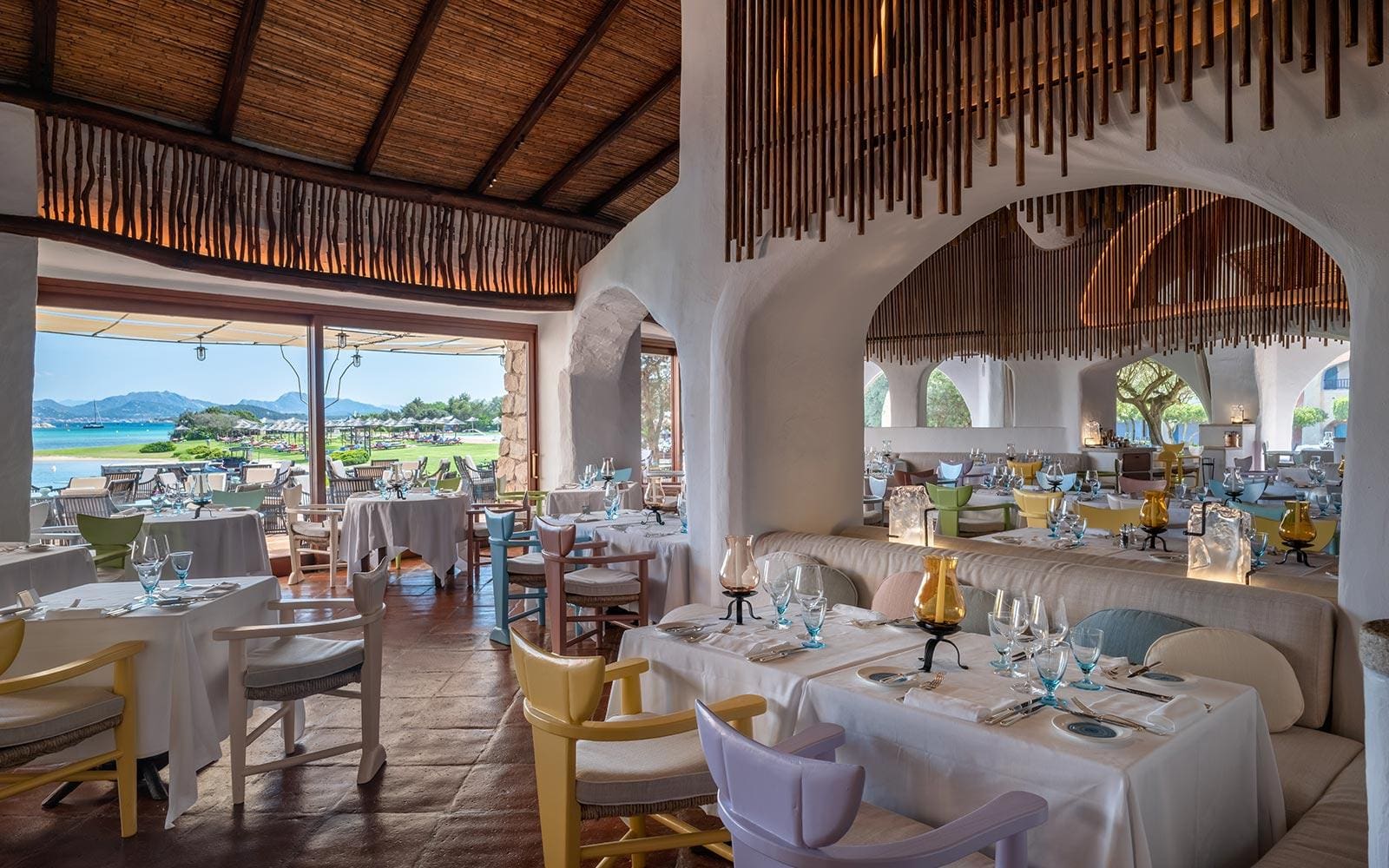
Then there’s Quattro Passi Al Pescatore, where I dined in Costa Smeralda (at about 10pm, as is the Italian way); an essential stop for authentic fare such as squid tagliatelle and roasted octopus. Signatures include raw Mazara prawns, which are the spearhead of Sardinian delicacies – distinctive for their bright red colour and retailing at up to £45 a kilo – and bottarga, cured fish roe sack which is then grated over dishes, known by some as ‘Mediterranean caviar’.
Finally, if you find yourself all pasta’d out, Japanese restaurant chain Zuma will be opening in Porto Cervo next week. Guests can expect the finest fish and robata dishes, from sliced yellowtail to spicy beef tenderloin.
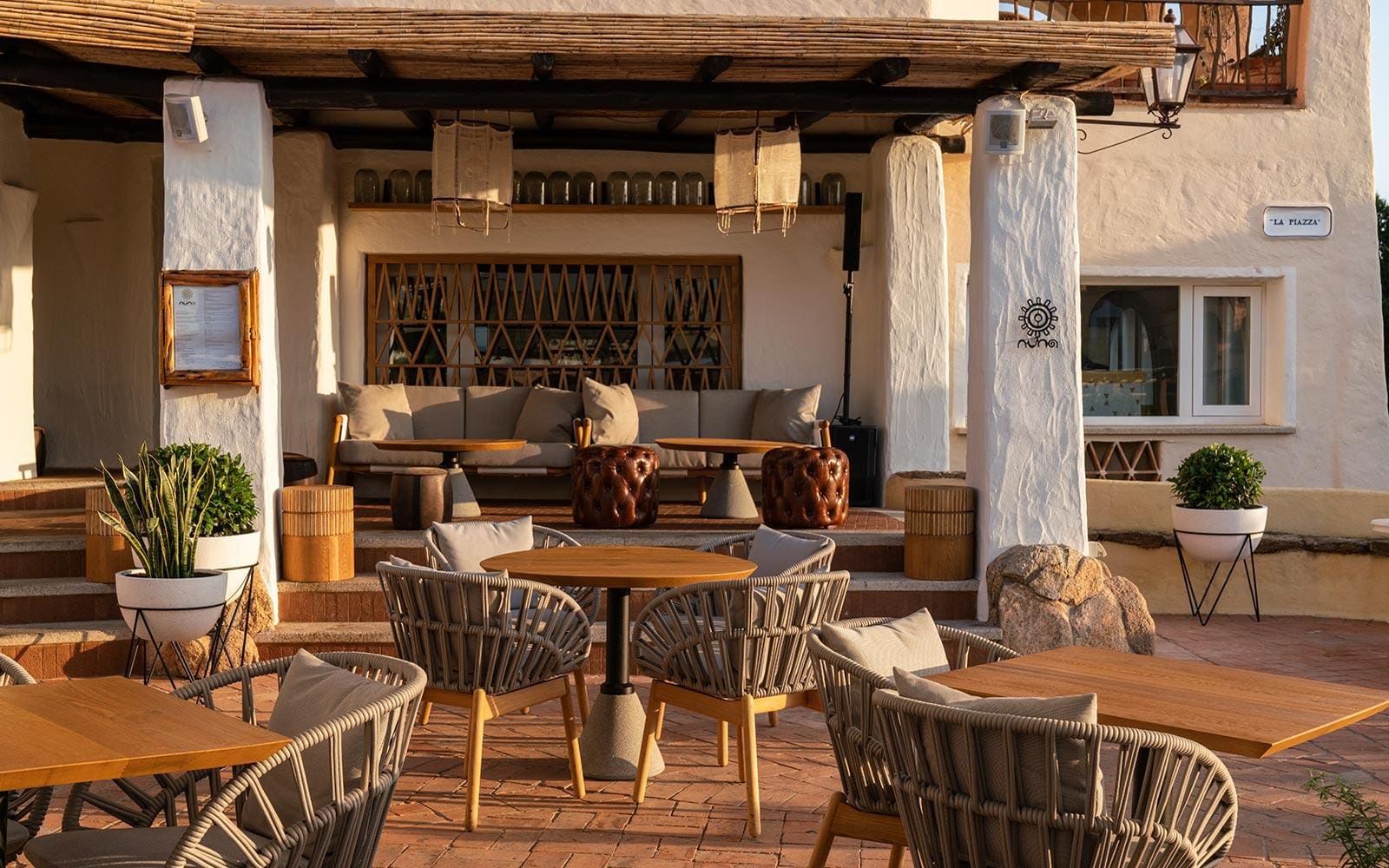
What else is there?
There’s the prestigious Yacht Club Costa Smeralda, and the Sardinia Cup sailing regatta is held off the coast. The Pevero Golf Club, meanwhile, is considered one of the most challenging courses in Europe, and was the seat of the Italian Open in 1978. For shopping, it’s the Promenade du Port, a village of both designer mainstays like Loewe and Off White, as well as independent stores and pop-ups. Polo matches are held near Arzachena, and there’s a film festival and a vintage car rally that come around yearly.
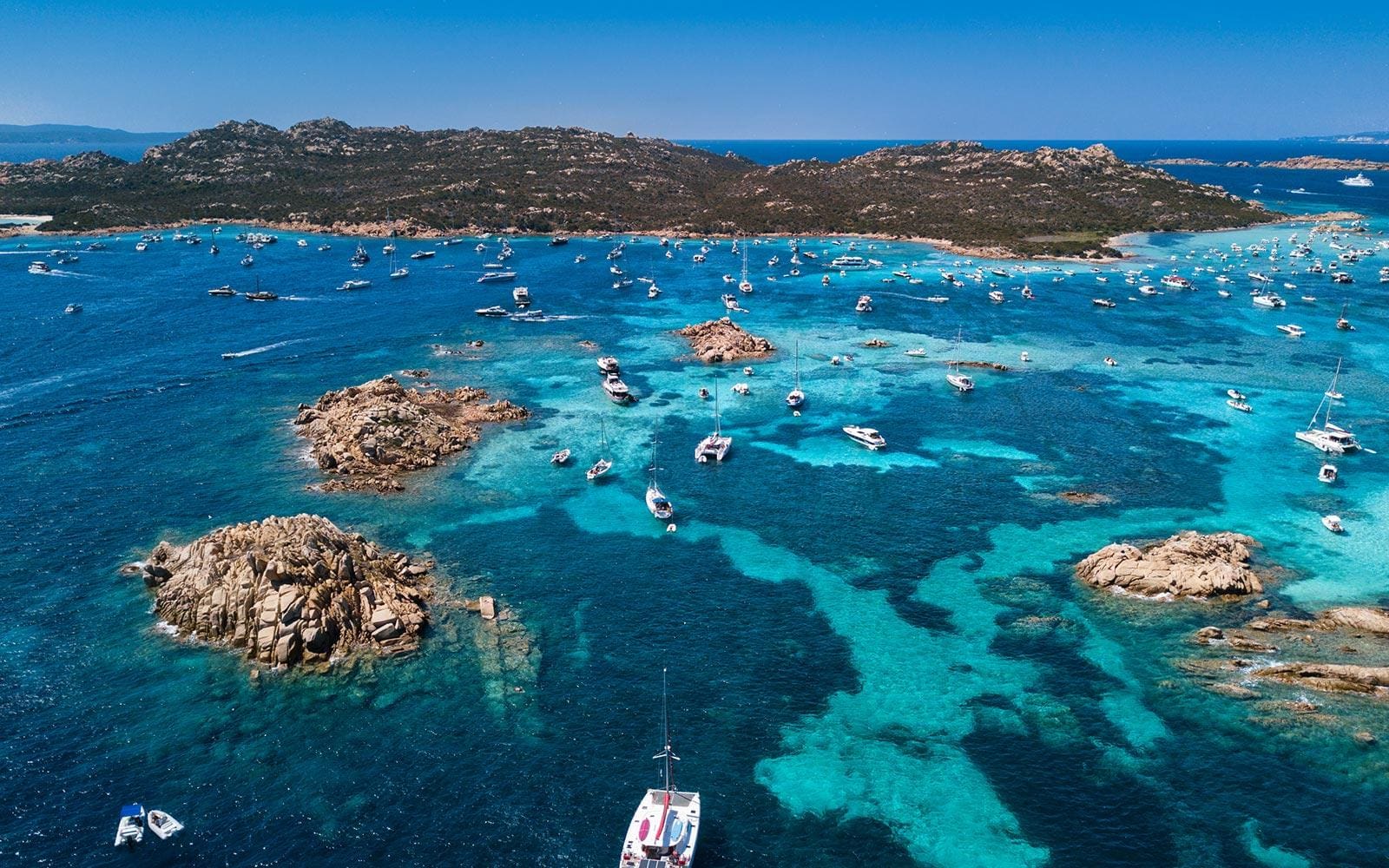
Costa Smeralda, by admission of its CEO Mario Ferraro, is trying to draw in younger patrons, hence the addition of Nikki Beach – the renowned beach club where beautiful people repose on sunbeds to the sound of world-class DJ sets. There’s also the (in)famous Billionaire nightclub, where red supercars line up outside and you’ll be hard-pressed to order a drink without a sparkler in it. Very m’as tu vu, but a lot of fun.
The verdict
There is certainly a whiff of artifice about Costa Smeralda – it’s a bit like Disneyland for Russian oligarchs. And, yes, there are a lot of uber-tanned, Rolex-clad men and women donning Balenciaga and botox. But you just can’t deny that natural beauty or the artistry of the surroundings, which were Costa Smeralda’s whole raison d’être in the first place. Beholding those macchia-clad hills as your tender cuts through indigo waves, everything else sort of melts away.
‘Costa Smeralda’ by Assouline, €95,00, is available to shop here
